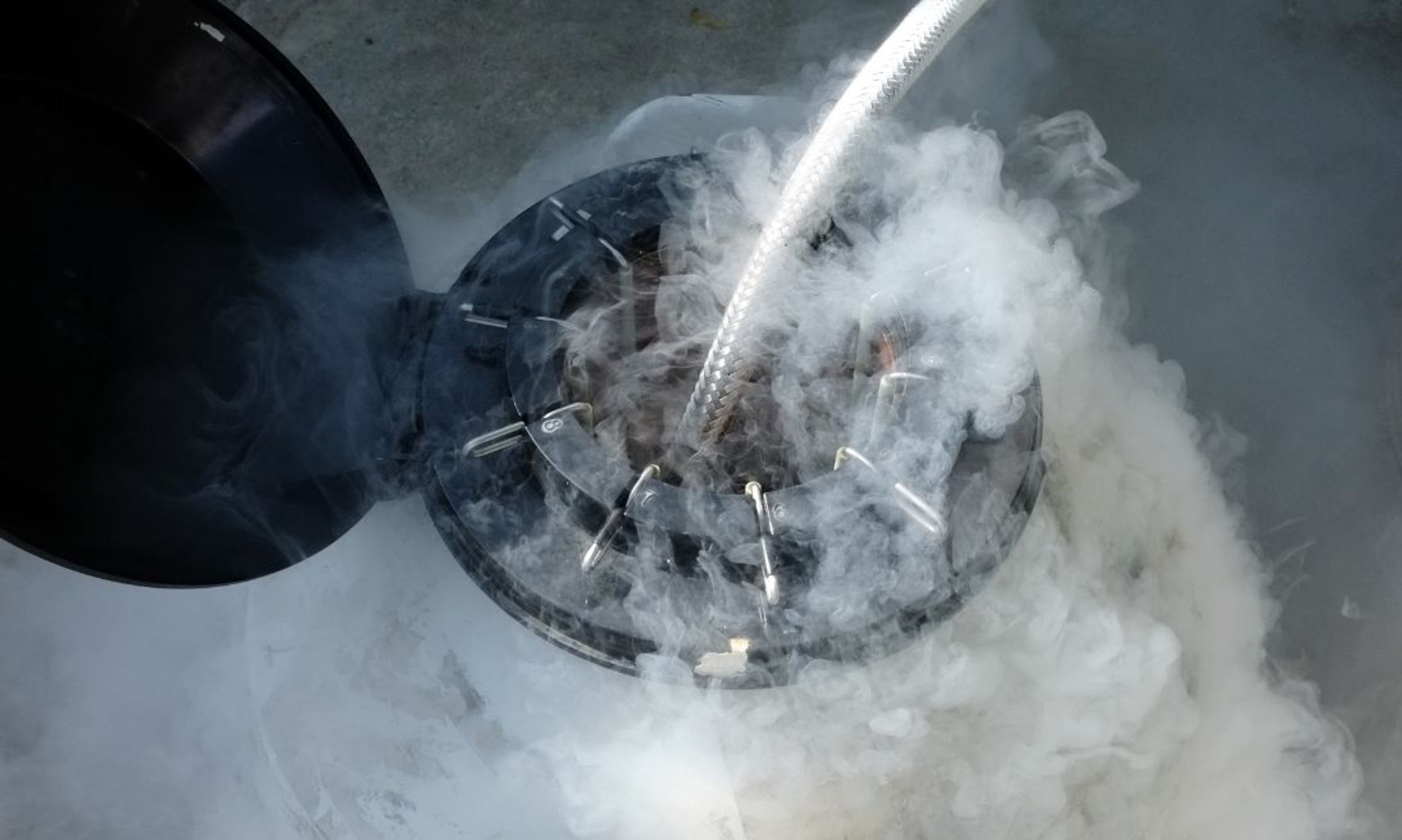Nitrogen Capabilities: A Look at the IQF Process
In the meticulous world of frozen food manufacturing, precision is paramount. Freezing food products, particularly through the innovative individual quick freezing (IQF) process, is not just a food preservation method—it’s a pinnacle of engineering in the food industry. At the heart of this technology is a crucial element that ensures both safety and quality: nitrogen. In this post, we’ll take a look at nitrogen’s capabilities in the IQF process to help you determine if it’s the right gas for your food products.
The Benefits of IQF Processing
Before we dive into nitrogen specifically, let’s review some of the key benefits of IQF. This freezing method is unlike conventional methods since it packages each item individually before quickly freezing it. This prevents the formation of large ice crystals, preserving the integrity of the food’s cells and maintaining freshness. The importance of IQF is magnified in foods where texture and form are key selling points, such as berries, seafood, and delicate vegetables.
The Role of Nitrogen in IQF
In IQF processes, timing is everything. Quick freezing requires extremely low temperatures, achieved by a blast of nitrogen. The high level of speed and precision is what enables the nitrogen to individually freeze items, keeping them from clumping together. This is helpful for consumers to only pour out the quantity they need without having to thaw an entire package, which is a game-changer in terms of convenience and reducing food waste.
The use of nitrogen, particularly, provides a level of control that is hard to replicate with other methods. With the ability to reach ultra-low temperatures rapidly, nitrogen’s role in IQF surpasses that of a mere coolant—it’s a critical part of the freezing chamber’s ecosystem. On top of that, its non-reactive nature means it does not chemically affect the food, keeping the end product as close as possible to its fresh state.
Application in Frozen Food Manufacturing
The importance of nitrogen is further emphasized in the day-to-day operations of a frozen food plant. From initial preparation to the end freezing process, you must calibrate the right levels and distribution of nitrogen with precision. Temperature, humidity, and airflow are all tightly controlled to ensure nitrogen works at its optimum level. You’ll need to check it with a custom calibration gas mixture to ensure your nitrogen is as pure as possible and make sure other gases don’t contaminate your food.
Thanks to this collaboration between the culinary arts and the applied sciences, many food producers can utilize nitrogen to ensure their products make it to the customer without any fear of spoilage. As you can now see, nitrogen is the conduit through which this synergy flows, ensuring the frozen foods reaching the table maintain their taste, texture, and nutritional value. For manufacturers looking to invest in the highest quality IQF processes, considering nitrogen capabilities is not just a technological advance—it’s a commitment to excellence in food preservation.

